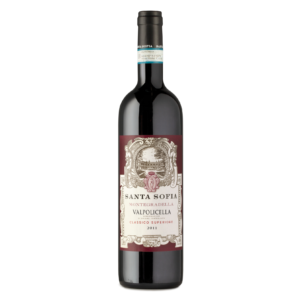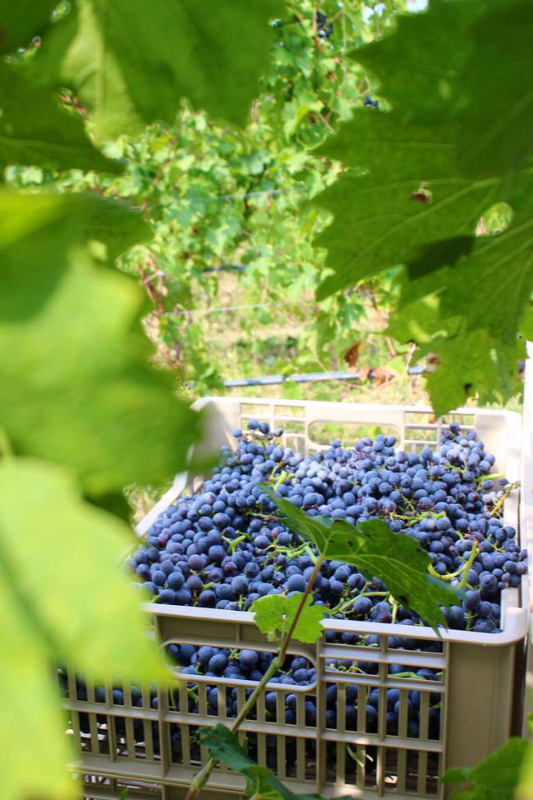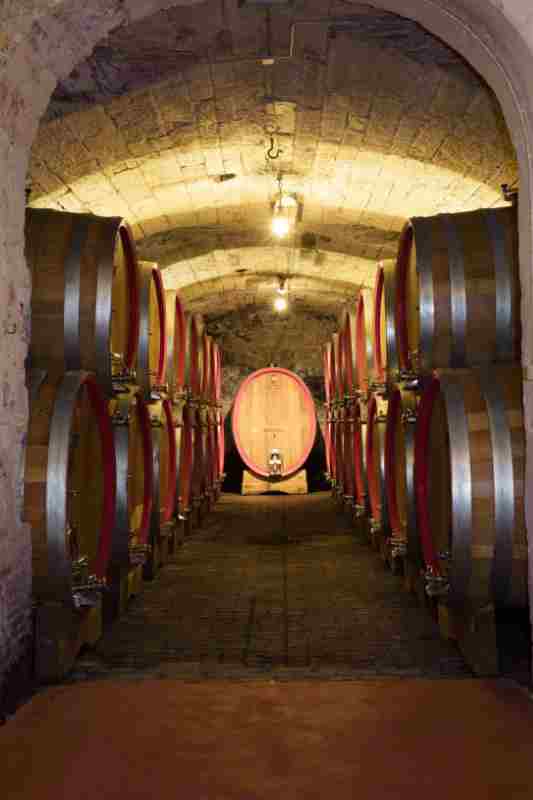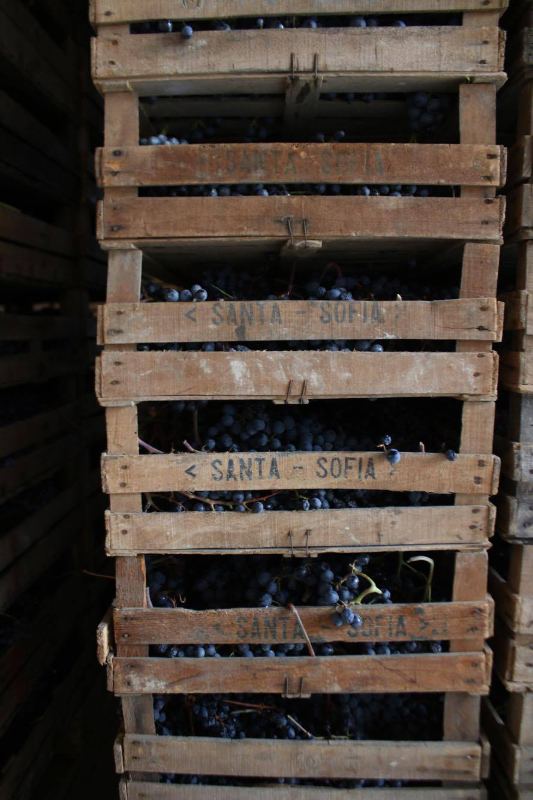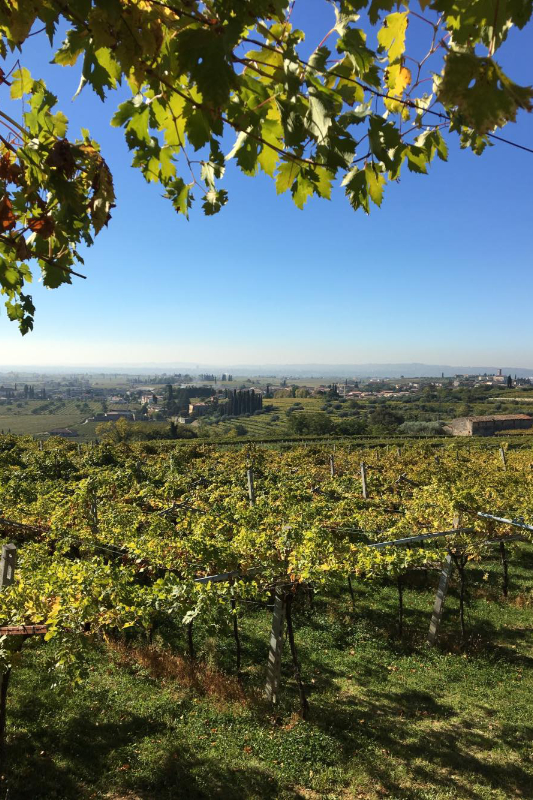History, choice and vocation in Valpolicella
TWO CENTURIES ENCLOSED IN
The name of Santa Sofia is the soul of a place and inspiration.
TWO CENTURIES ENCLOSED IN
ONE NAME, SANTA SOFIA
The name of Santa Sofia is the soul of a place and inspiration.
The name carries with it awareness and identity, because Sofia means Wisdom. A wisdom that has spanned the centuries to become a precious heritage of these places. The cellar is part of the Villa Palladiana which takes its name from the church dedicated to the saint since the early Middle Ages, due to the devotion of the abbot of Santa Maria in Organo of Verona. The Begnoni family 50 years ago wanted to collect this heritage, become its heir and guardian, bringing the company to an indisputable international prestige and recognition. Just as the name of the winery was born two centuries ago, so, with that name, we continue to pass on that Wisdom which is love for a land that never ceases to amaze and be loved: Valpolicella.
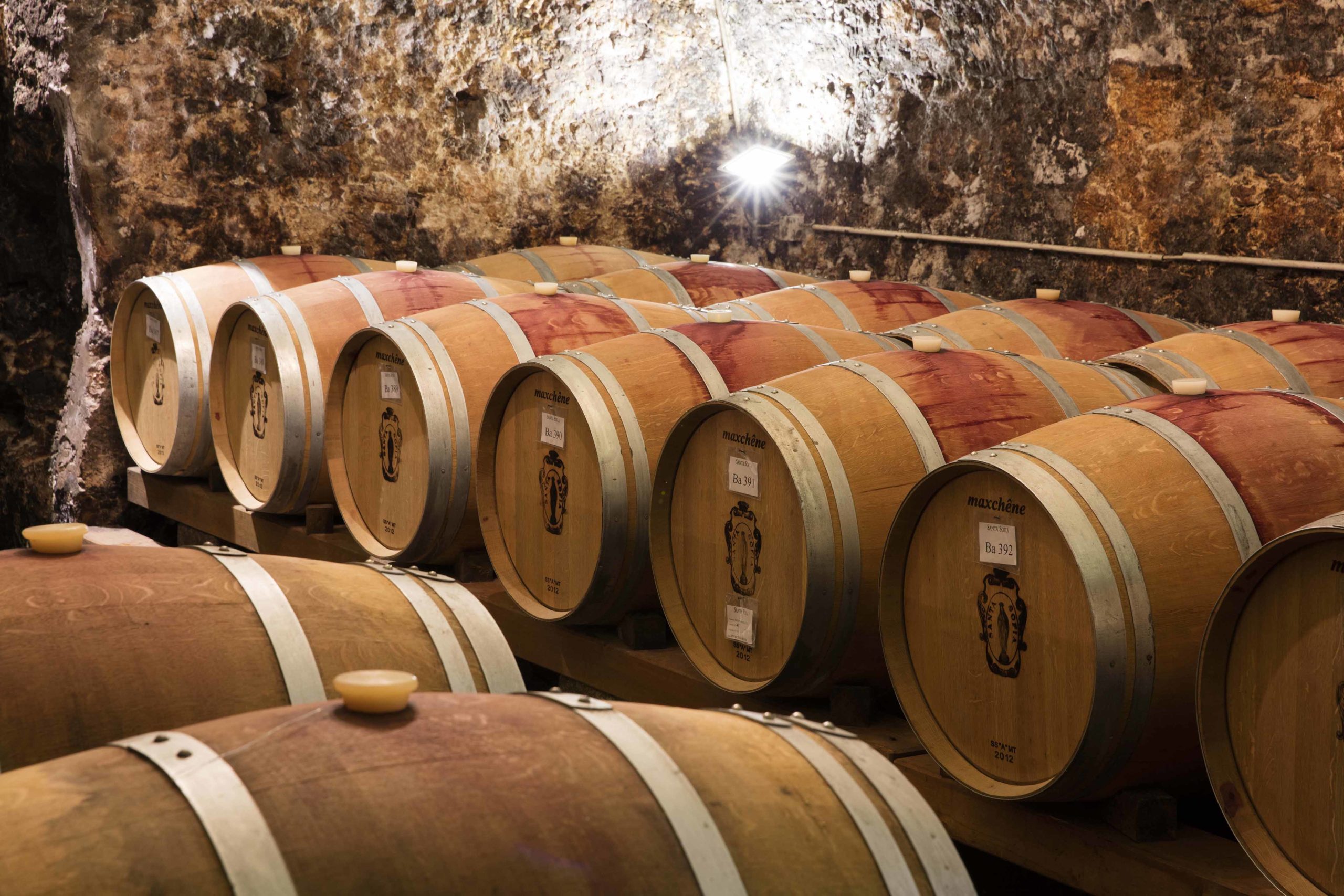
HERE, HEAVEN AND EARTH HAVE ALWAYS LOVE
Here, in Santa Sofia, heaven and earth meet. A sky cut out by the gentle profile of the hills, animated by a breeze that, from the valleys and nearby Lake Garda, caresses the vineyards, refreshing them in the warmer months, while a mild sun and the exposure of the land to the south soften the rigors of winter.
Here the land is generous: it collects the very ancient and precious legacy of limestone-dolomite formations, basalts, morainic and fluvial materials of volcanic origin that make the soil unique and fertile, enriched by the abundant streams that flow in the soil veins.
Vineyards
Here, in Santa Sofia, heaven and earth meet. A sky cut out by the gentle profile of the hills, animated by a breeze that, from the valleys and nearby Lake Garda, caresses the vineyards, refreshing them in the warmer months, while a mild sun and the exposure of the land to the south soften the rigors of winter.
Here the land is generous: it collects the very ancient and precious legacy of limestone-dolomite formations, basalts, morainic and fluvial materials of volcanic origin that make the soil unique and fertile, enriched by the abundant streams that flow in the soil veins.
And in this extraordinary place Corvina, Corvinone and Rondinella are born: grapes that are the children of a wisdom and tradition that have been renewed for centuries only here, where heaven and earth have always loved each other.
Timeline
The History of Santa
The History of Santa
Sofia
1300
The foundation
There is the small church of Santa Sofia, founded by the friars of San Bernardino who also built the first cellar.
1565
The Villa
Marcantonio Serego commissions Andrea Palladio to build the villa and another part of the cellar below.
1811
The winery
The Santa Sofia winery was founded and the cellar was expanded.
1956
Giancarlo Begnoni
Giancarlo Begnoni graduated in oenology in Conegliano.
1967
The Family
The Begnoni family becomes the owner of the Santa Sofia winery. The first Amarone della Valpolicella di Santa Sofia comes out, vintage 1964, from the vineyards of Montegradella, in Valpolicella Classica.
1984
Luciano Begnoni
Luciano Begnoni, Giancarlo's son, joins the company to follow in his father's footsteps.
1996
The Story
The Palladian villa and the cellar are included in the UNESCO heritage
2015
The vineyards
The Begnoni family acquires the Briago estate, of 45 hectares, in Valpantena, in eastern Valpolicella.
2019
The new cellar
A new structure is purchased which, through redevelopment work, will become the new headquarters of the Santa Sofia winery in 2023, together with 3 hectares of vineyards.
2020
Santa Sofia buys 6 hectares of vineyards in Lugana, in the municipality of Pozzolengo.
The Wines of Santa Sofia








